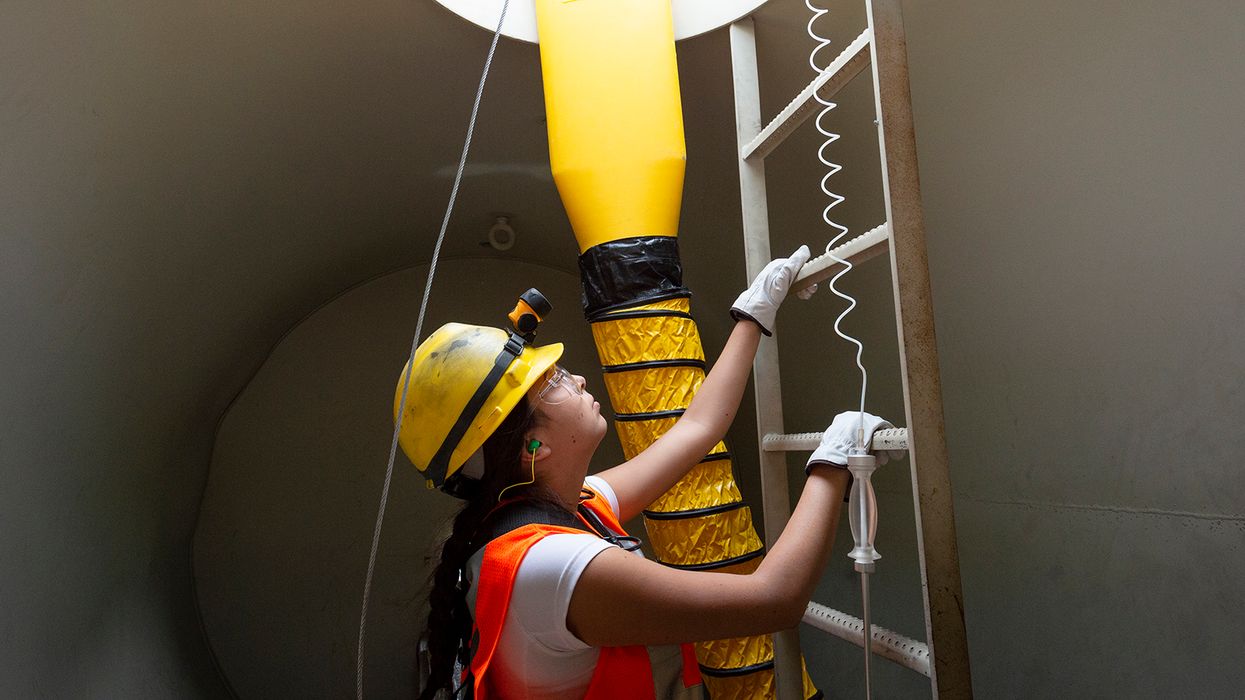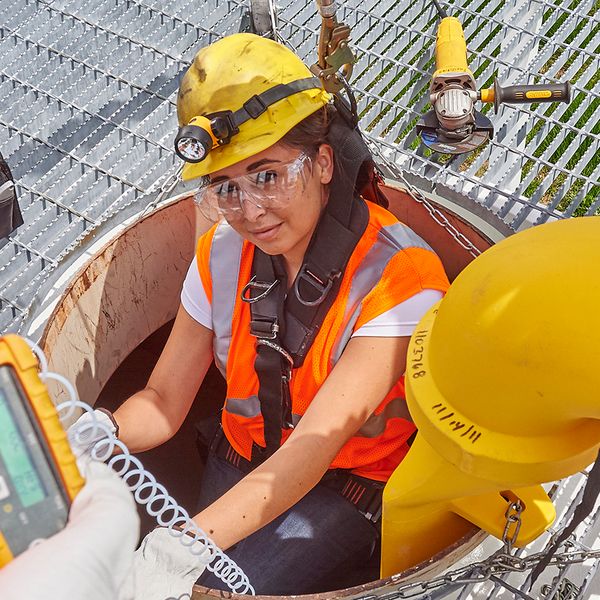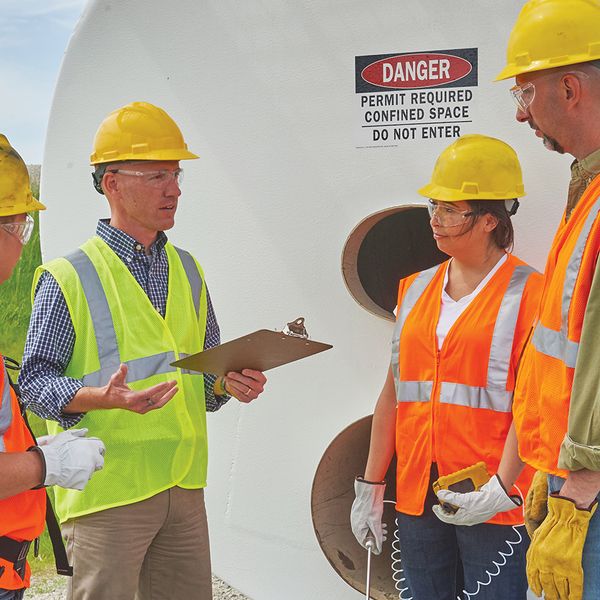Definitions key to understanding permit space entry
OSHA’s standard for permit-required confined spaces often raises questions on the distinction between a “confined space” (also called a non-permit space) and a “permit-required confined space” (also called a permit space).
Many employers have confined spaces, which OSHA defines as meeting the following criteria:
- Large enough for an employee to enter and work;
- Limited or restricted means of entry and exit; and
- Not designed for continuous occupancy. OSHA doesn’t regulate employees in non-permit spaces.
Those areas may be awkward to work in, but they don’t pose a significant threat. On the other hand, a permit space is defined as a confined space having one or more of the following characteristics:
- Contains or has a potential to contain a hazardous atmosphere;
- Contains a material that has the potential for engulfing an entrant;
- Has an internal configuration that could trap or asphyxiate an entrant by inwardly converging walls or a floor which slopes downward and tapers to a small cross section; or
- Contains any other recognized serious safety or health hazard.
Because of these hazards, employers must develop a program for controlling and protecting employees from those hazards. A permit space program regulates employee entry and outlines the conditions that must be met to allow employee entry.
Employers must identify any permit-required confined spaces and, if applicable, inform exposed employees by posting signs or using other effective means to identify the existence and location of (and the danger posed by) the permit spaces.
Entry or not?
Some employers do not allow employee entry, but be aware that “entry” does not necessarily mean crawling into the space. OSHA says that “entry” occurs “as soon as any part of the entrant’s body breaks the plane of an opening into the space.” Even reaching an arm into a permit space could be considered “entry” to the space.
Even if employers do not allow worker entry, they must take steps to prevent employees from entering permit spaces. They must still inform workers about the spaces, reevaluate non-permit spaces following changes in their use or configuration, and cooperate with contractors who will enter the permit spaces.
A good practice is to bar or lock the potential entry portals. In fact, OSHA has said that posting is not required if the only means of access requires using tools or keys, provided the employees expected to gain entry (if any) are trained.


















































